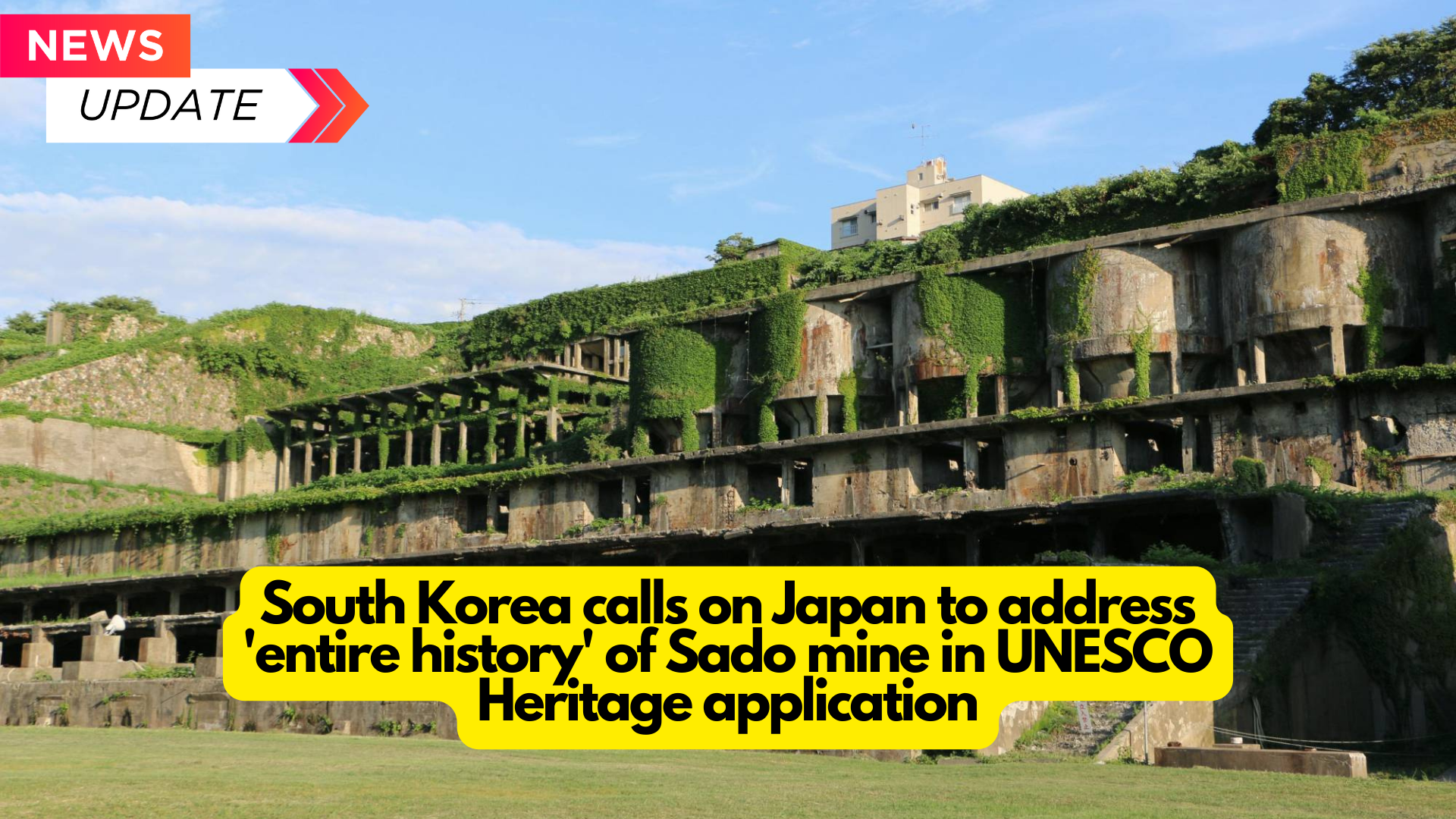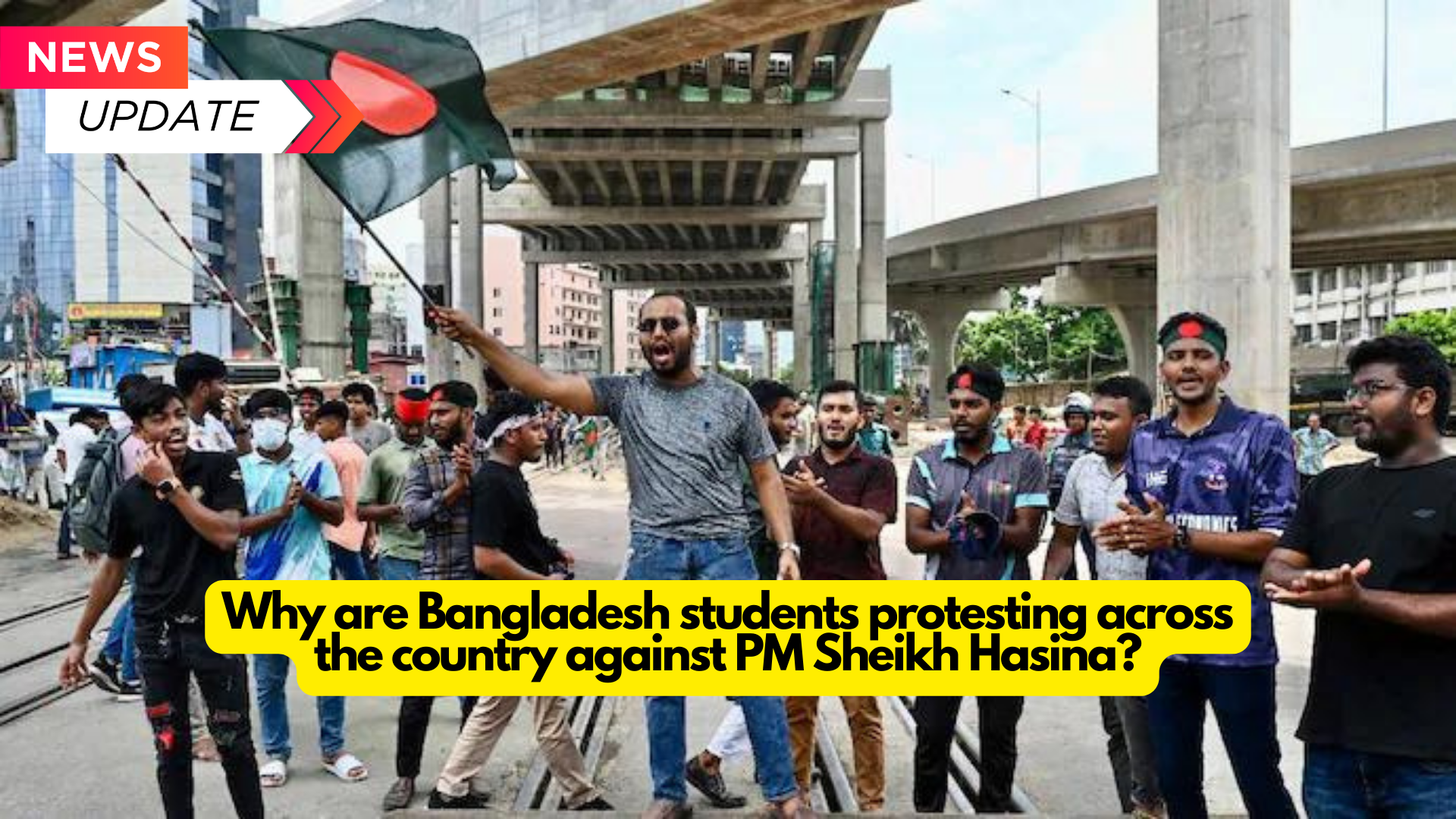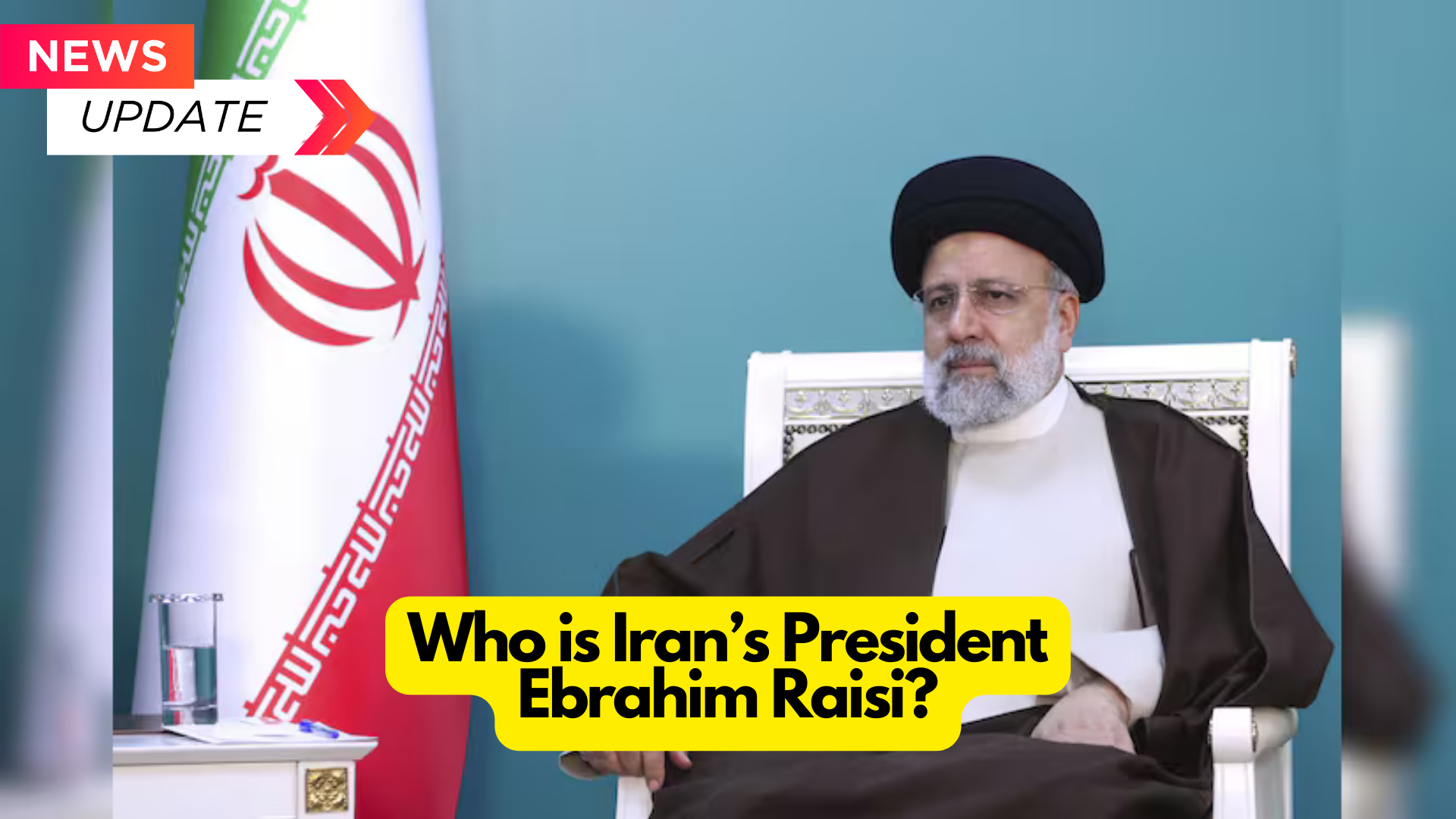South Korea calls on Japan to address the ‘entire history’ of Sado mine in the UNESCO Heritage Application.
South Korea asked Japan on Friday to address the “entire history” of a gold mining complex tied to Korean forced labor in its UNESCO World Heritage Site proposal after Tokyo agreed to update the submission based on international recommendations.
Last week, the International Council on Monuments and Sites, an advisory body to the UNESCO World Heritage Committee, recommended that the Sado mine nomination be referred back to Japan, calling for more historical explanation and the removal of areas developed after the Edo period (1603–1868).
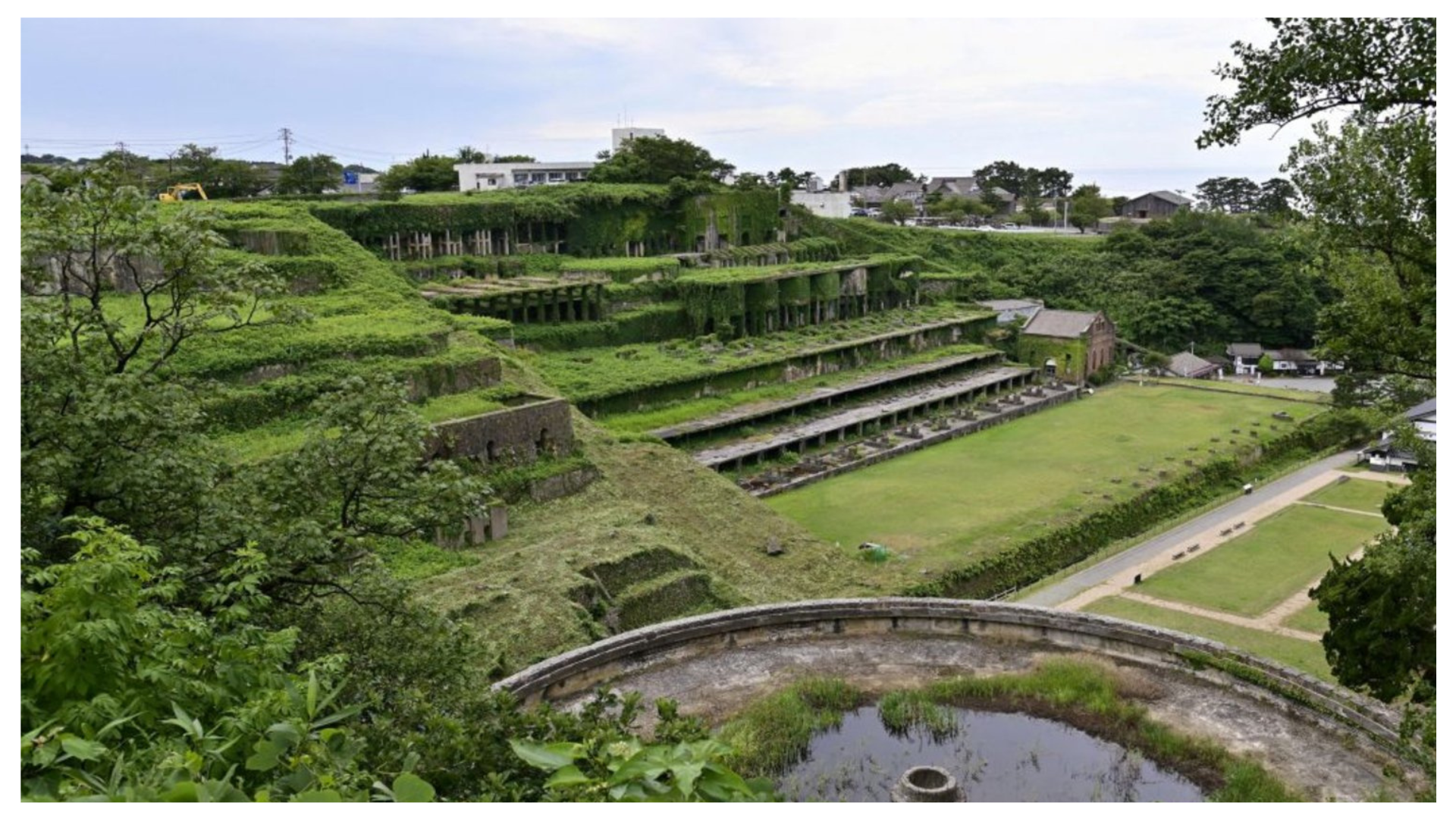
Japan’s first proposal confined the mine’s period to the Edo era, ignoring modern history, during which the Japanese Imperial Army perpetrated war crimes.
According to a Seoul foreign ministry official, Japan appears to have accepted the advisory body’s advice to exclude various later-period regions from its application, including the Kitazawa Flotation Plant on Sado Island.
“Our government’s stance for an explanation of the entire history of Sado Mine is also included in ICOMOS’ recommendation,” added the official. “We hope Japan actively accepts this recommendation as well.”
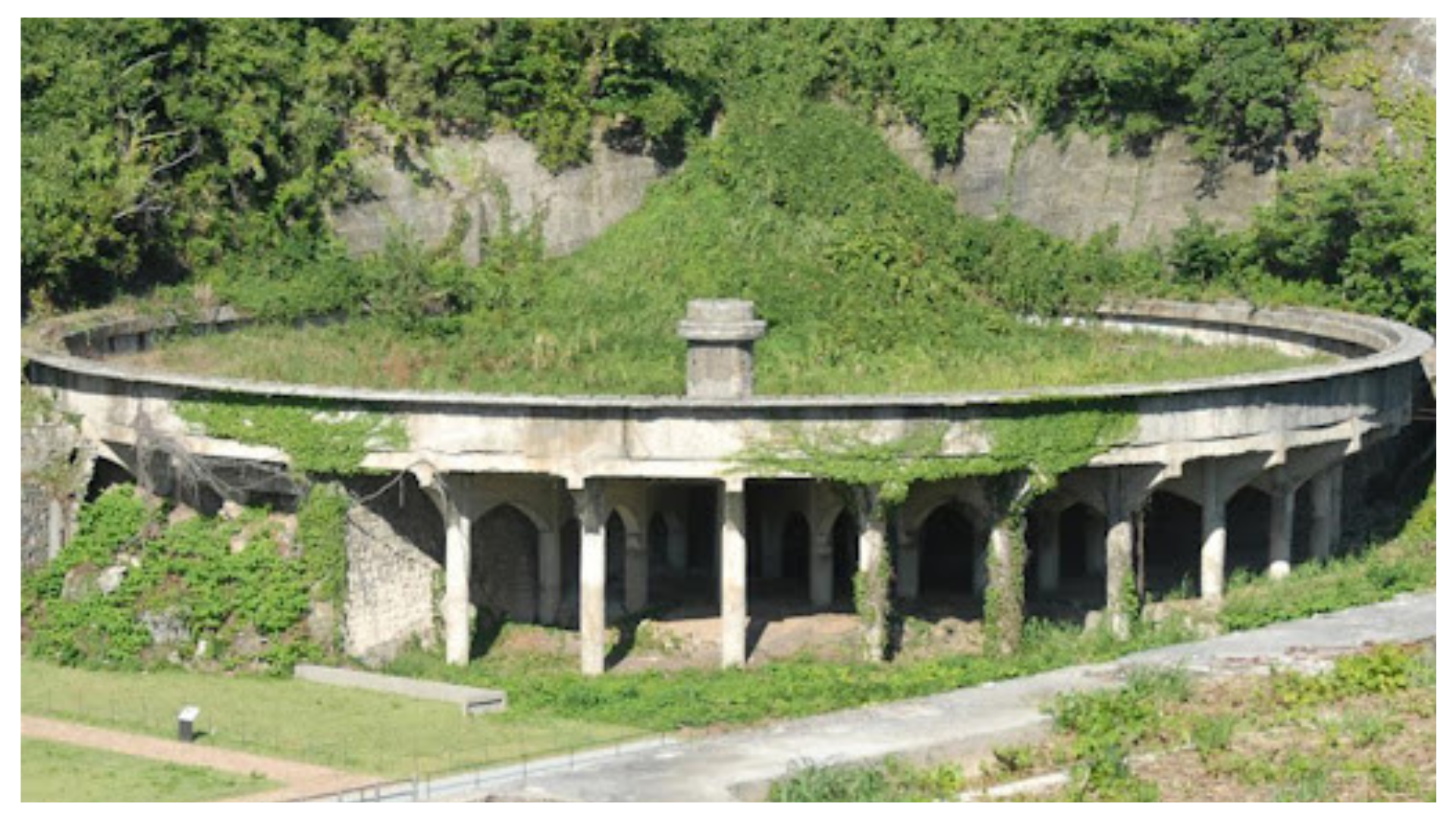
Japan has been lobbying to add the Sado mine, which was once the greatest gold producer in the 17th century, to the World Heritage List.
South Korea has claimed that Japan aims to erase a portion of its history as a place where thousands of Koreans were forced to toil during World War II, when Korea was under Japanese colonial administration from 1910 to 1945.
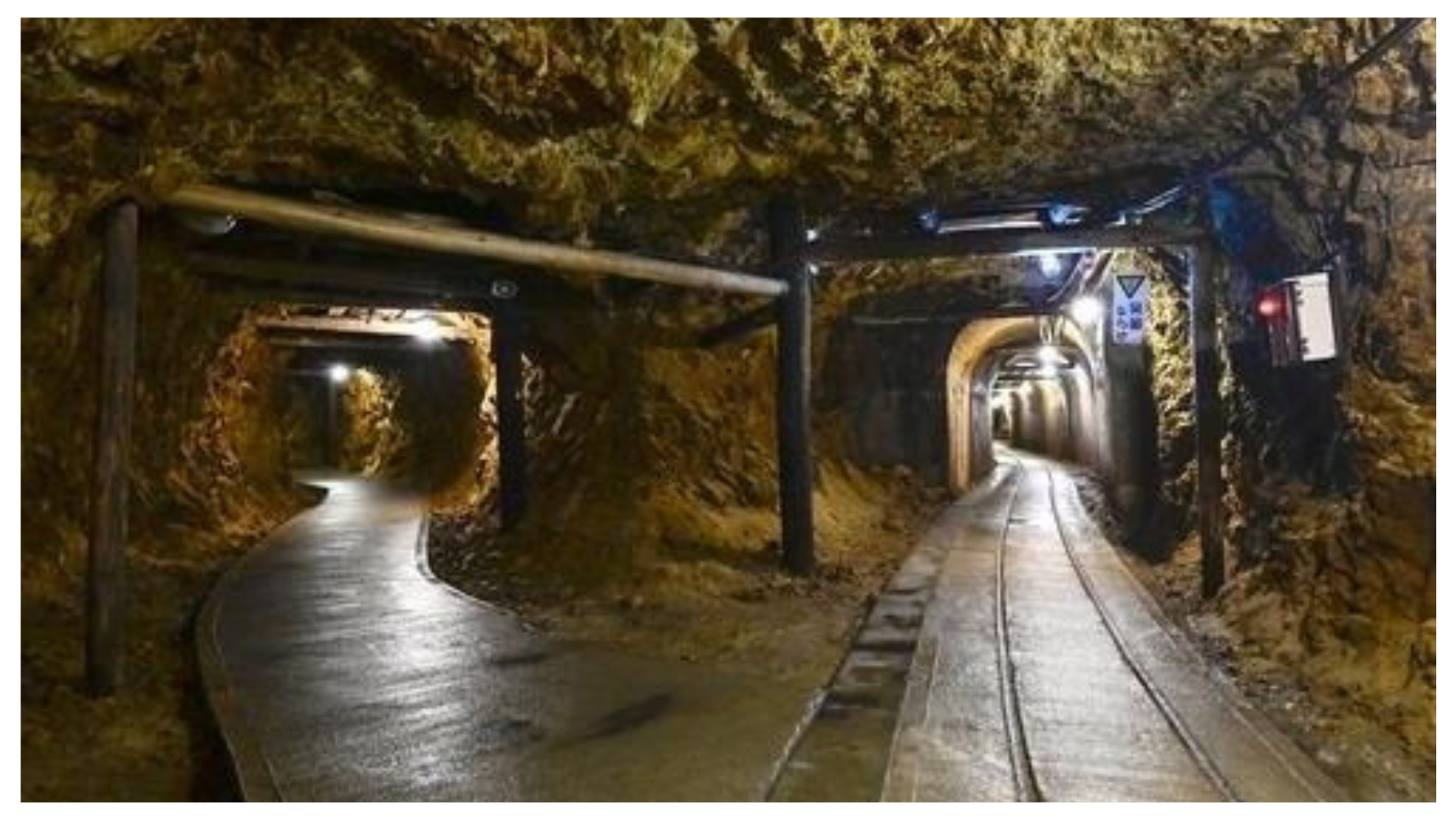
The two nations are now in discussions about the mine’s inscription.
An inscription on the World Heritage List needs more than two-thirds of votes from WHC member states; however, it is common for the final decision to be reached by consensus.
This year, South Korea and Japan are two of the 21 rotating members of the WHC. The WHC will rule on the Sado mining application during a meeting in New Delhi in July.
